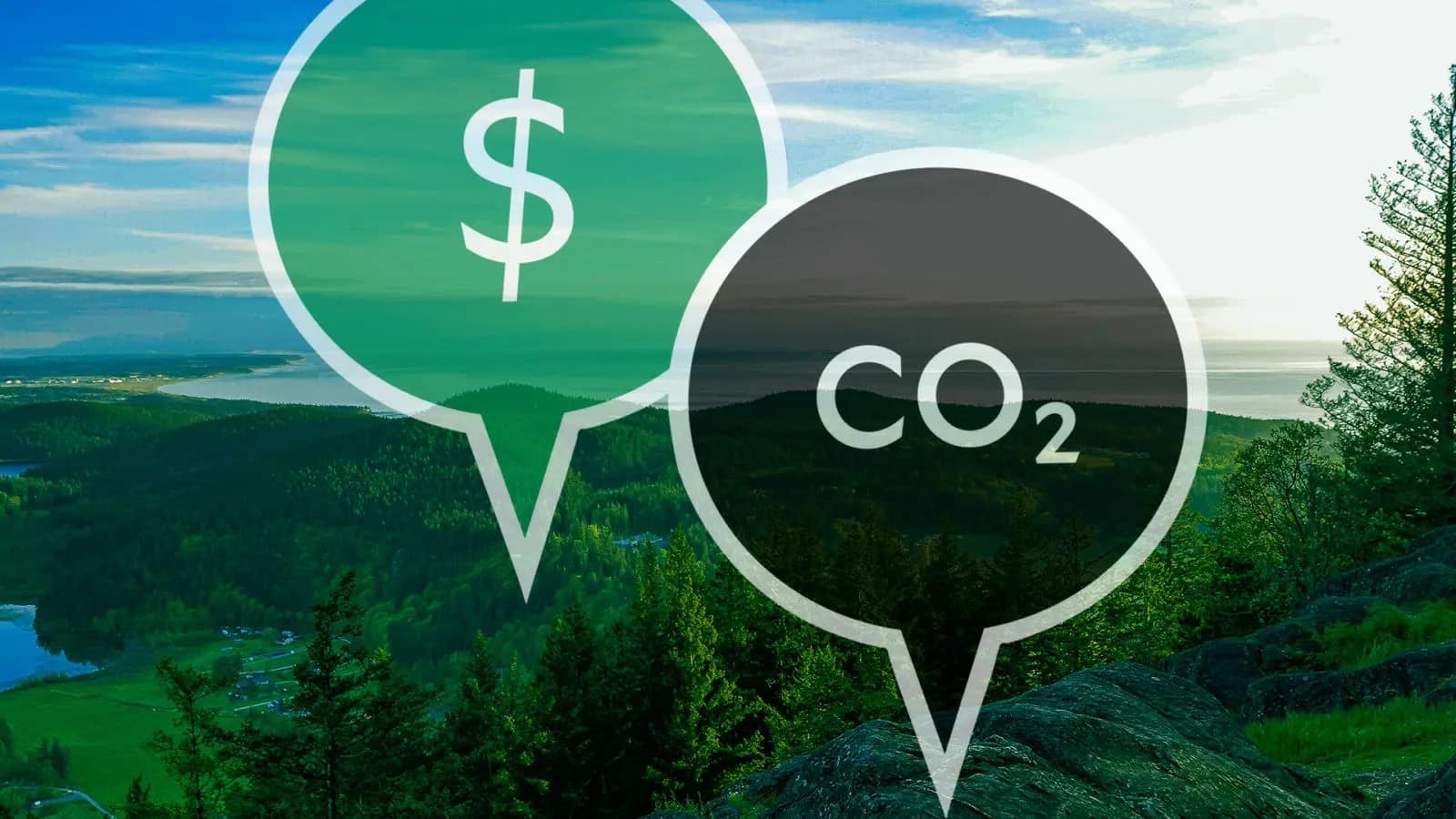Carbon Pricing and Sustainability: How Germany is Leading Corporate Change

As climate change accelerates, Germany has emerged as a global leader in aligning carbon pricing with broader sustainability goals. Through a combination of regulatory frameworks, economic incentives, and climate-conscious public policy, the country is redefining how businesses integrate environmental responsibility into their core strategies.
Whether it’s heavy industry, logistics, tech, or retail, companies in Germany are increasingly seeing carbon pricing not just as a cost—but as a catalyst for long-term transformation.
What is Carbon Pricing?
Carbon pricing refers to assigning a monetary cost to carbon dioxide (CO₂) emissions, thereby internalizing the environmental damage into business decision-making. Germany implements this through:
- EU Emissions Trading System (EU ETS): A cap-and-trade mechanism for large emitters like power plants and industrial facilities.
- National Carbon Pricing (BEHG): Launched in 2021 for sectors such as transport and heating, with prices starting at 25 EUR per ton of CO₂, rising to 55 EUR by 2025, and expected to increase further.
Why Carbon Pricing Matters for Sustainability
By making emissions financially visible, carbon pricing encourages businesses to:
- Reduce energy consumption
- Invest in clean technologies
- Restructure supply chains
- Report and track carbon performance
Rather than rely solely on regulatory enforcement, Germany’s system pushes market-driven sustainability, where companies are rewarded for reducing their climate footprint.
How German Companies Are Responding
1. Operational Transformation
From automotive to food processing, firms are investing in:
- Energy-efficient machinery
- Green building retrofits
- Circular economy practices
For example, logistics firms are switching to electric fleets or using biofuels to reduce costs as carbon pricing tightens.
2. Green Innovation and R&D
Carbon pricing has triggered a wave of clean technology innovation, especially in:
- Renewable energy integration
- Carbon capture and storage (CCS)
- Low-carbon material development
Startups and established players alike are benefiting from green subsidies and research grants aligned with national climate goals.
3. Sustainable Supply Chain Management
Many German multinationals are now requiring suppliers to disclose emissions data and adopt sustainability certifications. This ripple effect expands environmental responsibility across the value chain.
Policy Support and Global Alignment
Germany’s carbon pricing model is supported by a broader ecosystem:
- EU Green Deal and Fit for 55 package
- Corporate Sustainability Reporting Directive (CSRD)
- Subsidies for hydrogen projects, heat pumps, and building renovations
By integrating carbon pricing into a wider climate and energy strategy, Germany aligns national goals with EU targets and Paris Agreement commitments.
Challenges and Future Outlook
Key concerns include:
- Cost burdens on small businesses
- Carbon leakage to countries with weaker regulations
- Ensuring social equity in pricing impacts
However, with carbon prices expected to exceed 100 EUR per ton by 2030, businesses have a clear signal: climate risk is financial risk.
Conclusion: Pricing Carbon, Powering Change
Germany shows how carbon pricing can be a powerful sustainability tool, not just a penalty. It incentivizes green investment, supports regulatory compliance, and pushes companies toward net-zero operations.
As the climate crisis deepens, more countries are looking to Germany’s model of pricing emissions to drive innovation, accountability, and sustainability.
For German companies, this is more than policy—it’s competitive positioning in a low-carbon future.